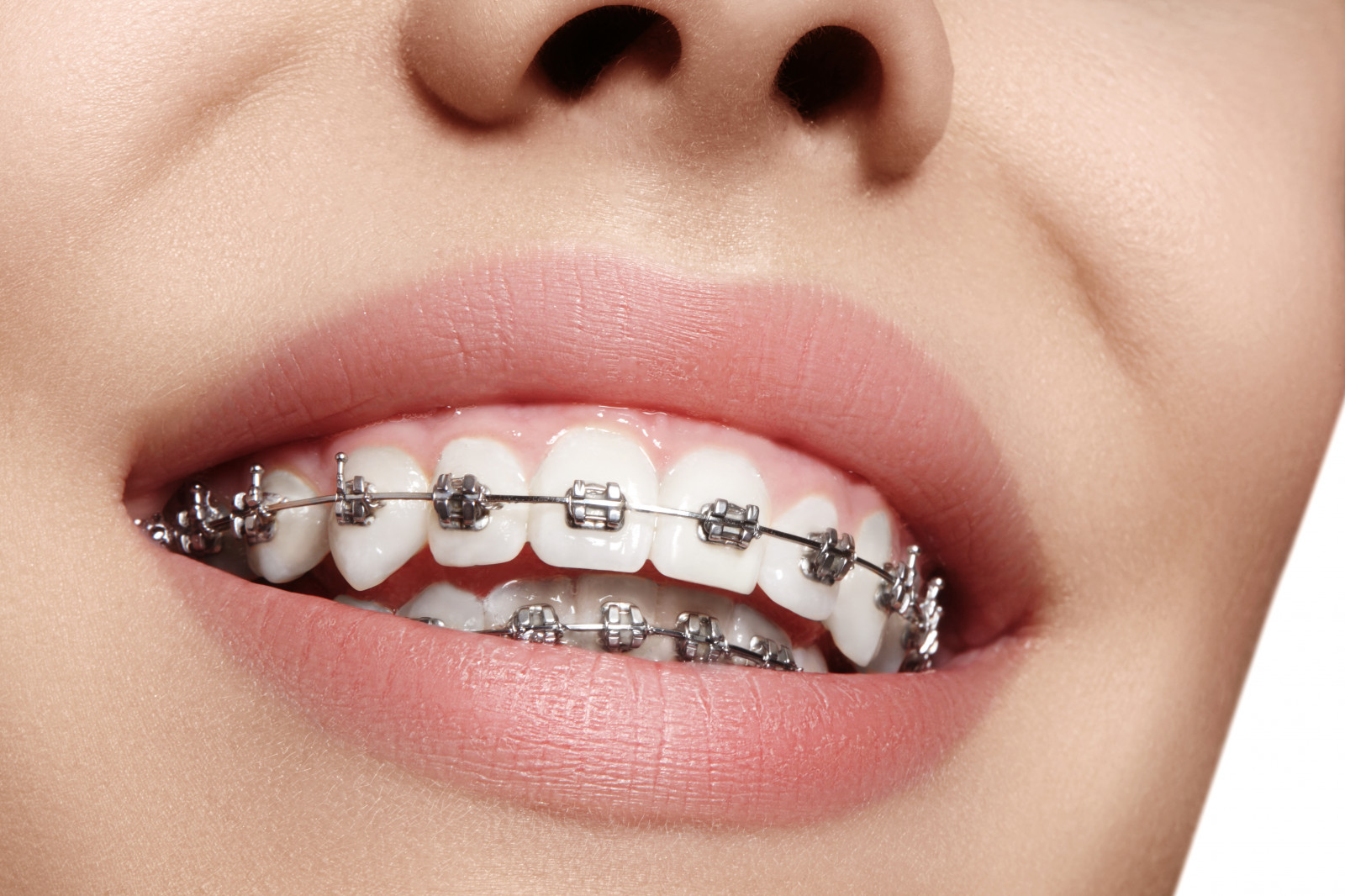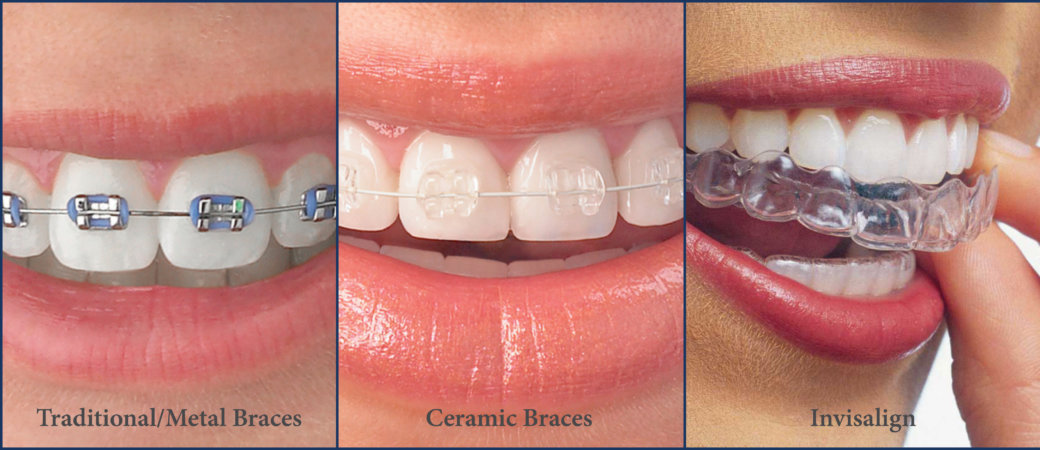6 Easy Facts About Causey Orthodontics Explained
6 Easy Facts About Causey Orthodontics Explained
Blog Article
Indicators on Causey Orthodontics You Should Know
Table of ContentsCausey Orthodontics Things To Know Before You BuyNot known Facts About Causey OrthodonticsThe 7-Minute Rule for Causey OrthodonticsOur Causey Orthodontics StatementsCausey Orthodontics for Dummies
Overlooking occlusal connections, it was normal to remove teeth for a selection of dental problems, such as malalignment or overcrowding. The concept of an intact teeth was not commonly appreciated in those days, making bite correlations seem irrelevant. In the late 1800s, the idea of occlusion was crucial for producing reputable prosthetic substitute teeth.As these ideas of prosthetic occlusion progressed, it ended up being a vital device for dental care. It was in 1890 that the job and influence of Dr. Edwards H. Angle started to be really felt, with his contribution to contemporary orthodontics especially notable. Originally concentrated on prosthodontics, he instructed in Pennsylvania and Minnesota prior to routing his attention towards oral occlusion and the therapies required to keep it as a normal condition, therefore becoming understood as the "daddy of modern-day orthodontics".

The idea of ideal occlusion, as proposed by Angle and incorporated right into a category system, made it possible for a shift in the direction of treating malocclusion, which is any type of discrepancy from normal occlusion. Having a complete collection of teeth on both arches was highly demanded in orthodontic therapy because of the demand for exact partnerships between them.
Some Known Details About Causey Orthodontics
As occlusion ended up being the essential top priority, facial percentages and aesthetic appeals were disregarded - cheapest orthodontist near me. To achieve optimal occlusals without utilizing outside forces, Angle postulated that having perfect occlusion was the best way to get maximum face appearances. With the passing away of time, it ended up being rather obvious that even a remarkable occlusion was not ideal when taken into consideration from a visual viewpoint
It ended up being evident that orthodontic therapy could readjust mandibular growth, causing the development of functional jaw orthopedics in Europe and extraoral pressure procedures in the US. These days, both useful devices and extraoral devices are applied around the world with the objective of changing development patterns and kinds. Seeking real, or at the very least boosted, jaw partnerships had actually become the main objective of therapy by the mid-20th century.
A Biased View of Causey Orthodontics
 Up until the mid-1970s, braces were made by covering metal around each tooth. http://www.northlandhq.com/directory/listingdisplay.aspx?lid=57494., it came to be feasible to rather bond steel brackets to the teeth.
Up until the mid-1970s, braces were made by covering metal around each tooth. http://www.northlandhq.com/directory/listingdisplay.aspx?lid=57494., it came to be feasible to rather bond steel brackets to the teeth.This has actually had significant impacts on orthodontic treatments that are administered consistently, and these are: 1. Right interarchal partnerships 2. Right crown angulation (suggestion) 3.
The advantage of the layout lies in its bracket and archwire mix, which needs only marginal cable bending from the orthodontist or medical professional (orthodontist services). It's aptly called hereafter attribute: the angle of the port and thickness of the brace base ultimately determine where each tooth is situated with little demand for additional manipulation
Causey Orthodontics Things To Know Before You Buy
Both of these systems utilized identical brackets for each and every tooth and required the bending of an archwire in three aircrafts for locating teeth in their desired settings, with these bends determining ultimate placements. When it involves orthodontic appliances, they are divided right into two types: removable and dealt with. Detachable appliances can be taken on and off by the individual as required.

Hence, practically all modern-day fixed home appliances can be taken into consideration variants on this edgewise home appliance system. Early 20th-century orthodontist Edward Angle made a significant contribution to the world of dental care. He developed four distinct appliance systems that have been made use of as the basis for several orthodontic therapies today, disallowing a few exceptions.
Causey Orthodontics for Beginners

The cord finished in a thread, and to move it forward, an adjustable nut was used, which permitted an increase in circumference. By ligation, each specific tooth was connected to this extensive archwire (orthodontist services). As a result of its restricted range of activity, Angle was not able to achieve precise tooth positioning with an E-arch
These tubes held a firm pin, which can be repositioned at each appointment in order to relocate them in position. Dubbed the "bone-growing device", this contraption was supposed to motivate healthier bone development due to its possibility for moving pressure directly to the origins. Implementing it showed troublesome in truth.
Report this page